Legacy in Denim Advertisements
In just the past few months, two denim ads have captivated the internet — for wildly different reasons. One is a masterclass in artistic direction: diversity, choreography, and the power of embracing authenticity. The other is a eugenics-coded, patriarchy-driven, uncanny display of a conservative agenda infiltrating fashion. Gap x KATSEYE and American Eagle x Sydney Sweeney represent more than denim and viral ads. They are indicative of the current sociopolitical climate and the influence pop culture has on the broader culture.
“Sydney Sweeney has great jeans,” a monotone, robotic male voice reads as the finale of the now infamous American Eagle ad. Add a cheap double entendre, a Donald Trump “Hottest ad out there!” endorsement, layers of discourse, a strangely sultry voice, and American Eagle now has what they wanted: an ad to appease the Trump regime and win more MAGA dollars.
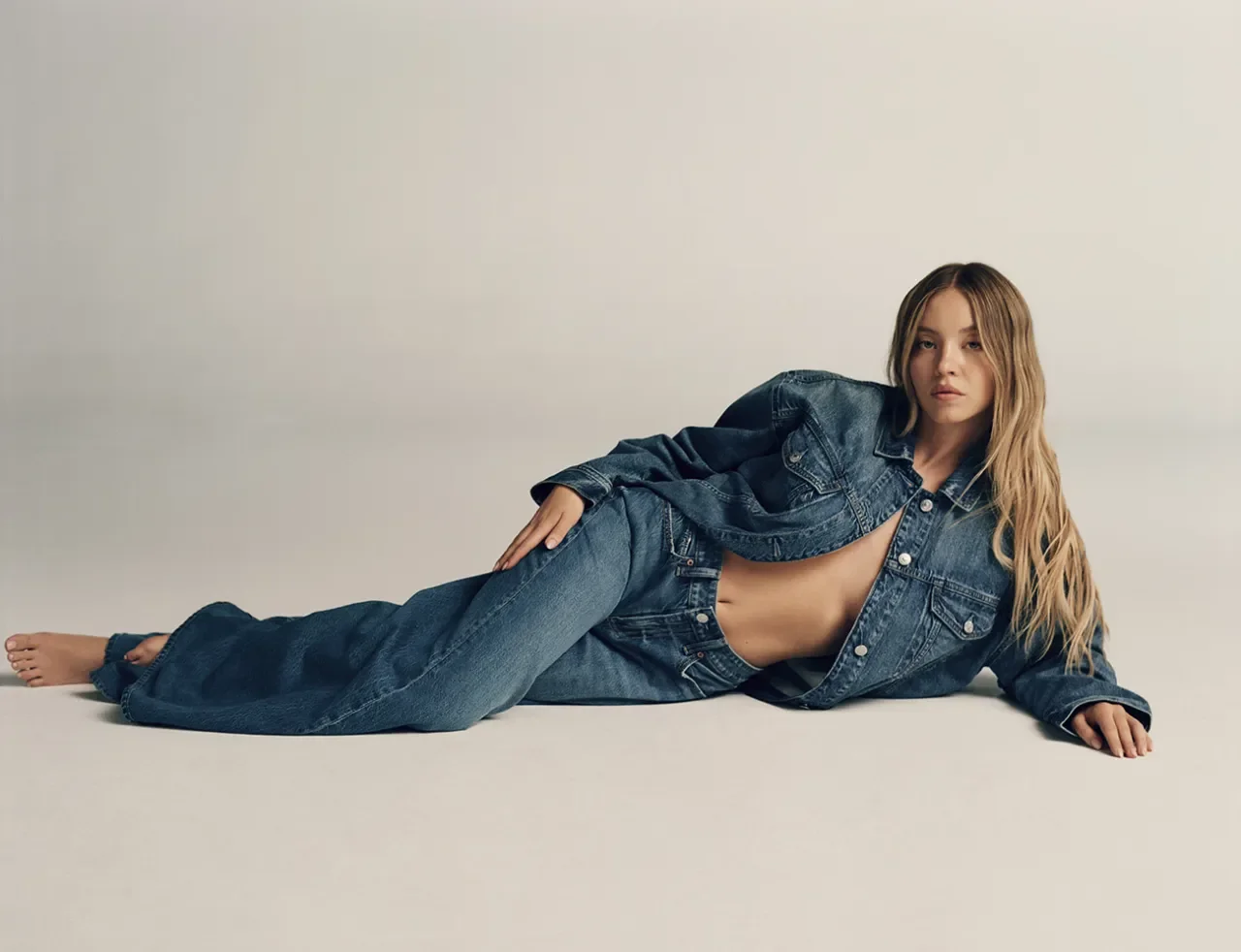
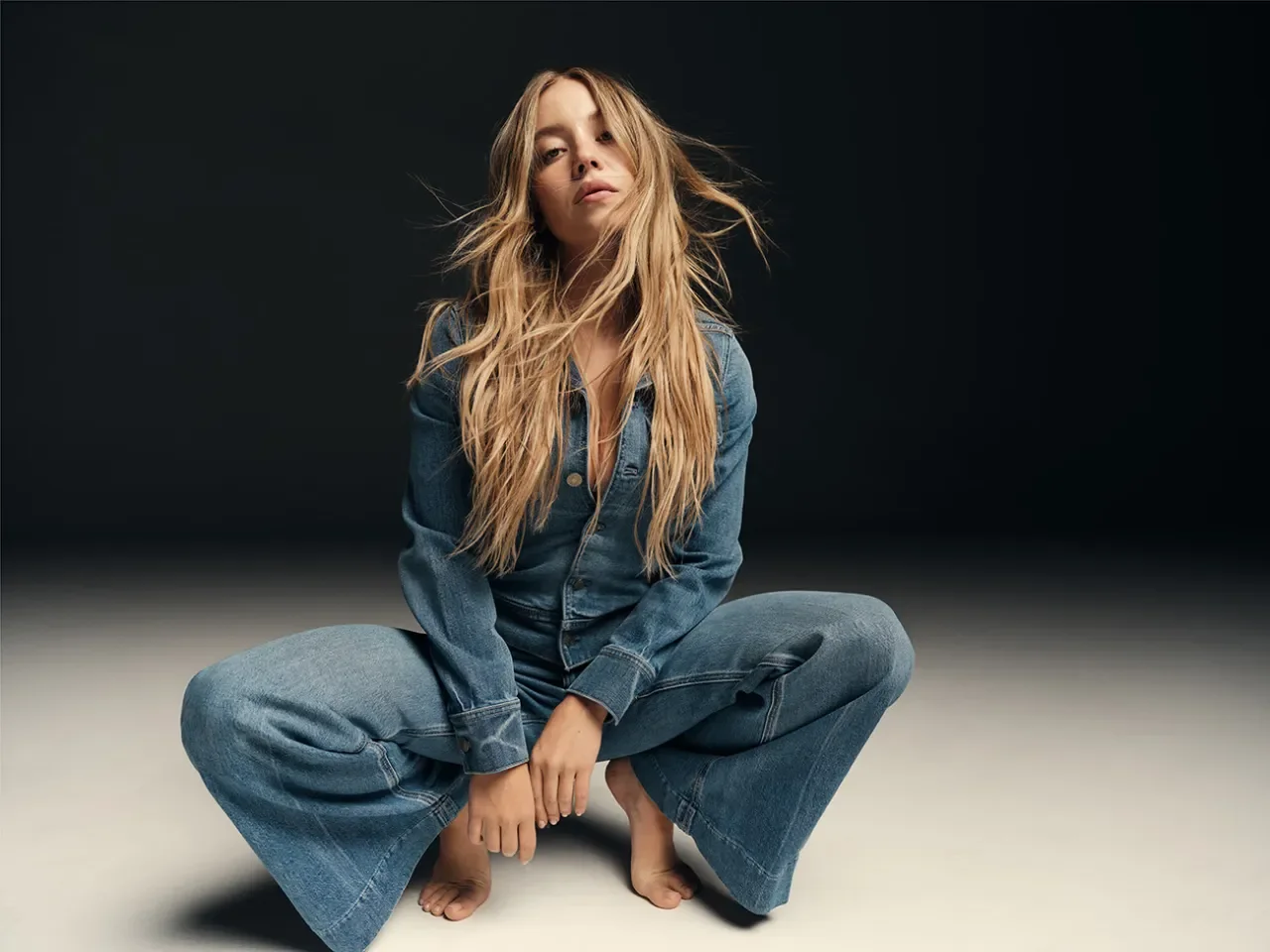
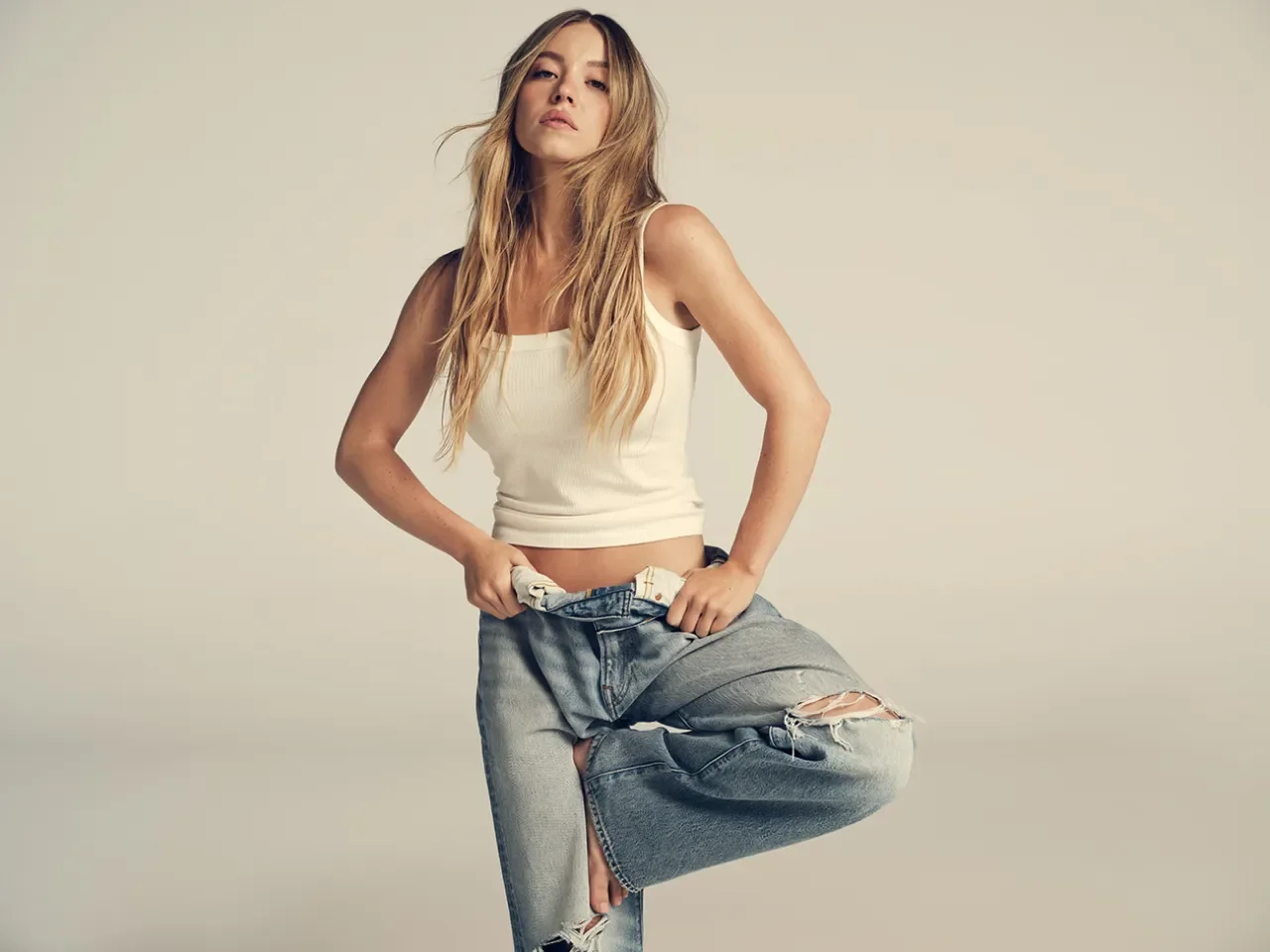
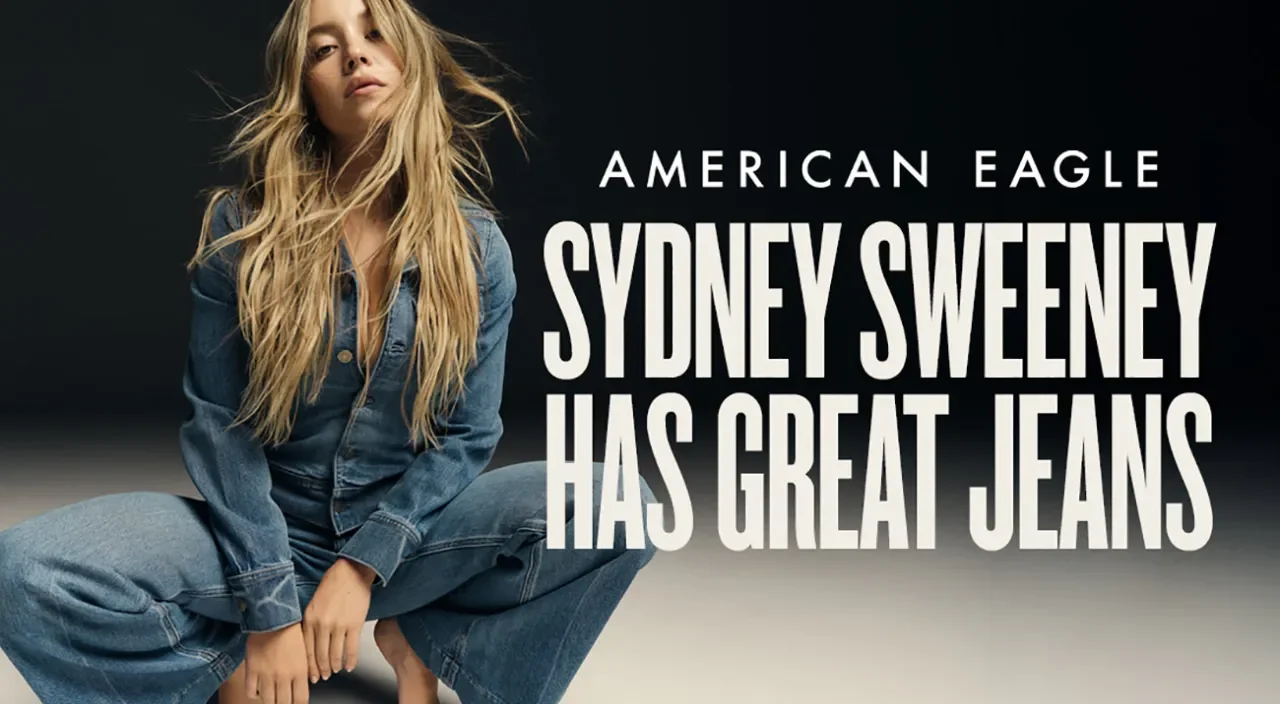
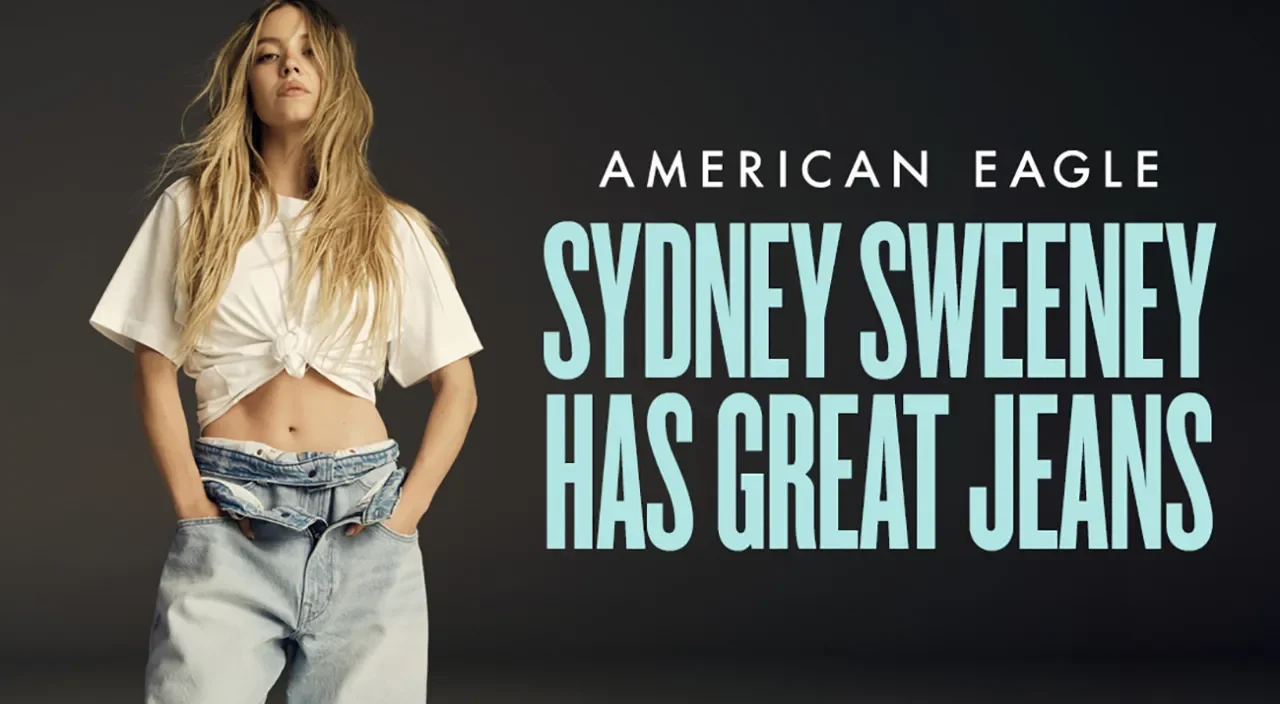
Photos courtesy of American Eagle
Both American Eagle and Sydney Sweeney caught immediate backlash because of the glaring eugenics of it all, with people on social media drawing clear comparisons to 1930s Germany. A woman with the “good” genetic traits of Sydney Sweeney represents much more than a simple advertisement for denim. Sweeney epitomizes a country-wide standard, one that is becoming increasingly difficult to ignore for those who don’t adhere to it.
Gap’s ad, on the other hand, utilized elements such as Kelis’ 2003 iconic hit Milkshake, unique and innovative choreography by Robbie Blue, a global girl group, and, of course, denim. The ad is fun, energetic, and inspiring, but it goes a layer deeper. In contrast with American Eagle’s stale, uncomfortable video, Gap’s is a declaration of the joy that comes from people’s differences.
Part of the genius behind Gap x KATSEYE and the failure of American Eagle x Sydney Sweeney are the intended audiences. A common criticism of the “Great Jeans” ad is the fact that the target market is wildly different from their actual consumers. In January of 2021, the brand released their demographics and “Strategic vision.” This document discussed a better way forward — noting the importance of empathy, understanding, and diversity. In just four years, their goals seem to have changed drastically. Their recent ad appeals to a right-wing, conservative base, flaunting things like eugenical language and ideology, overt sexualization of women, and a glaring lack of diversity — the very thing they promised only a few years ago. In a different vein, Gap explores and embraces togetherness found through difference. “The story we’re telling is a story of unity. 30 dancers, all different dance styles, one female pop group: KATSEYE. It’s really a celebration of everyone’s differences,” says Robbie Blue, the choreographer behind the ad.
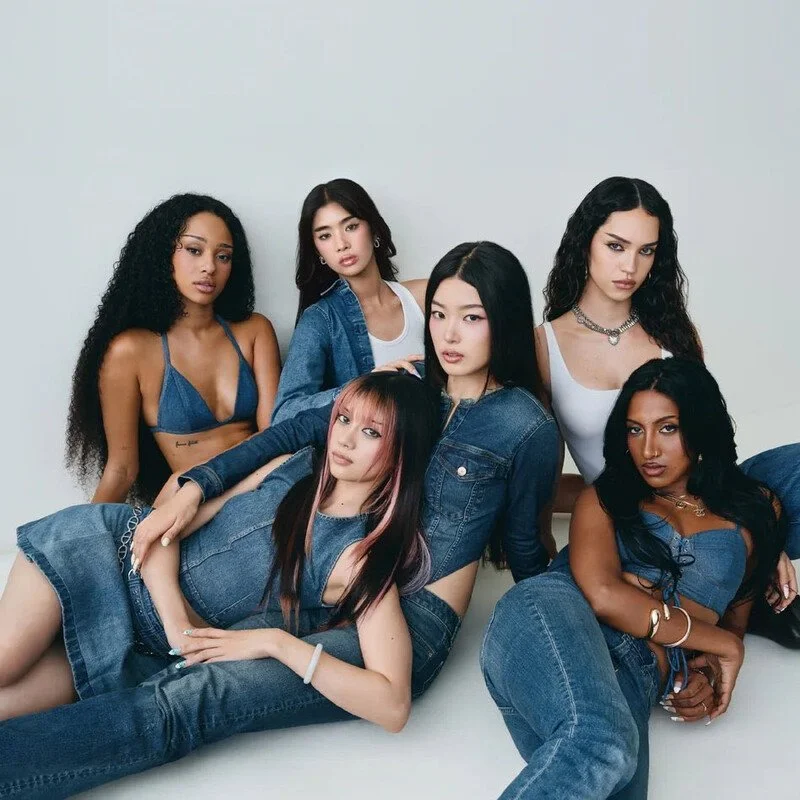
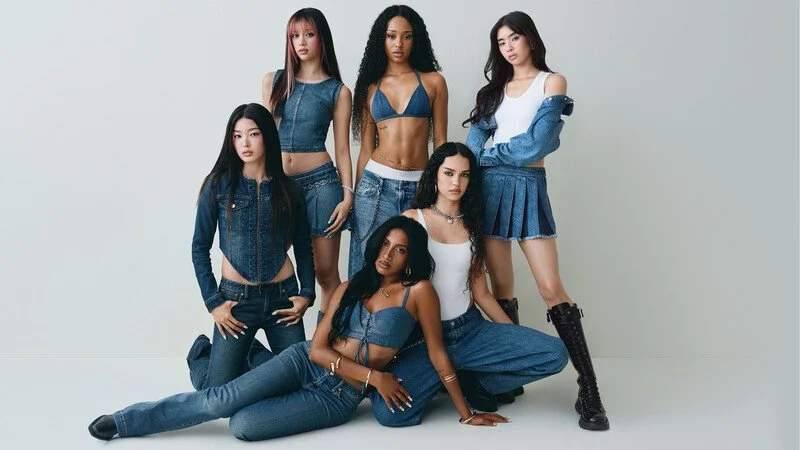
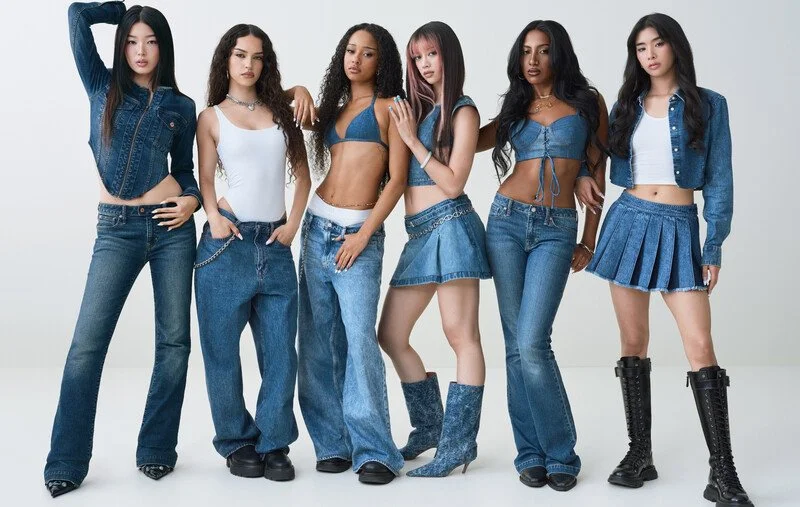
Photos Courtesy of Gap Denim Feat. Katseye
The fashion and visual presentation in both ads are an important part of storytelling and messaging. In American Eagle’s ad(s), Sweeney is wearing a denim jacket and a pair of jeans. One video from the campaign shows a sparsely decorated, plain room, with a chair, a mirror, and Sweeney herself. The video comes off as stale and uninspired, due to the visual aspects and the clear sexualization of Sweeney. Gap’s ad shows thirty dancers all in different washes of denim, with the women of KATSEYE each wearing a uniquely styled ensemble — every one embodies their individuality, wearing both their personality and denim proudly.
The language behind the two ads is as telling as the visuals. One is individualistic and expresses a desired hierarchy within humanity: “Sydney Sweeney has great jeans.” (Jeans being a stand in for “genes” or the genetic makeup of an individual.) The other tagline, “Better in denim,” is all-encompassing, not signaling to one person or community.
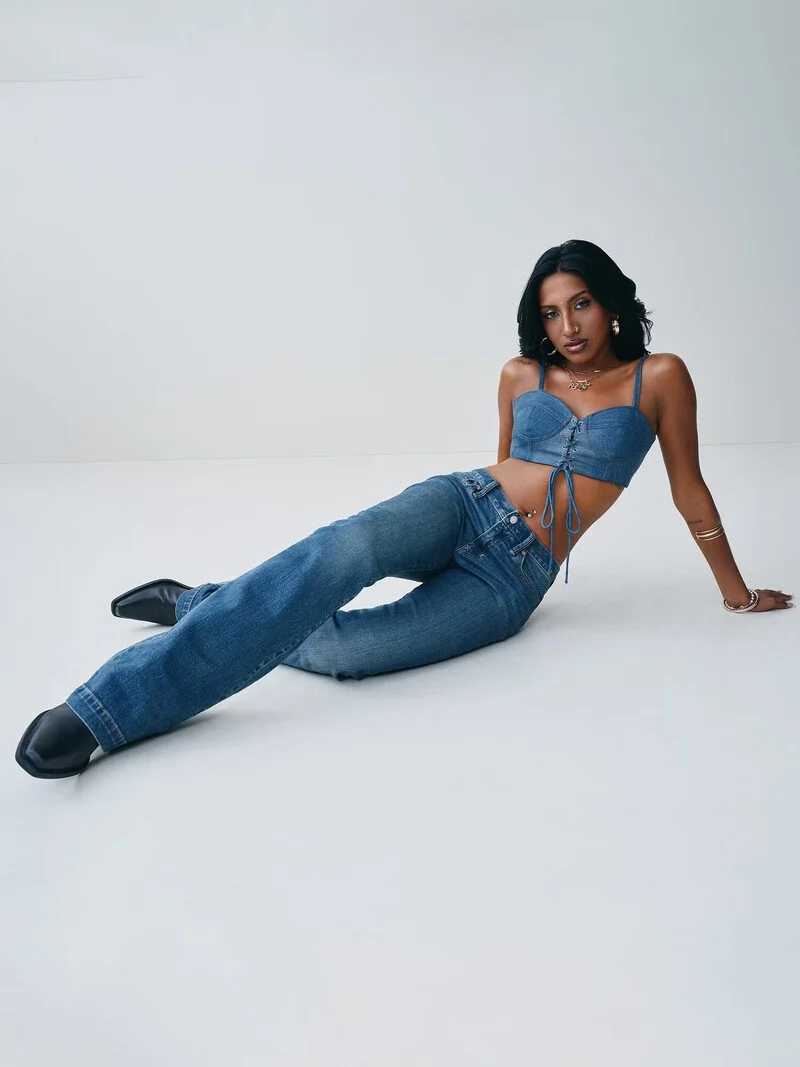
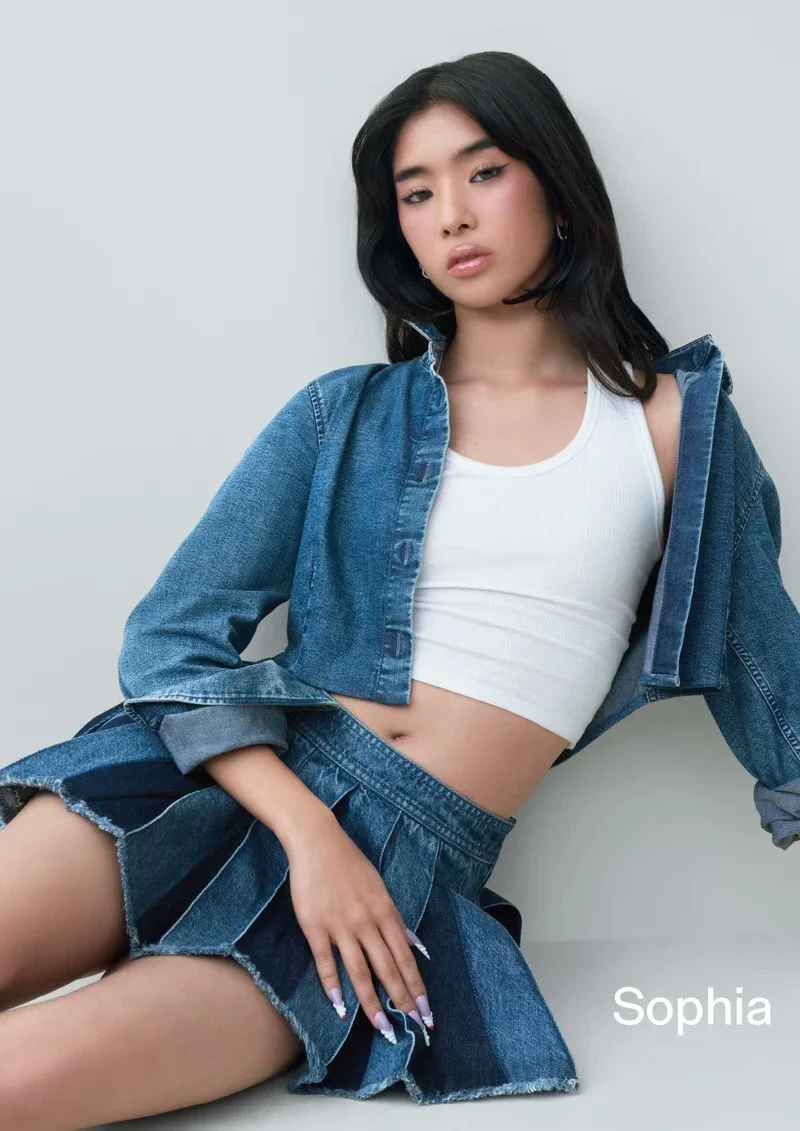
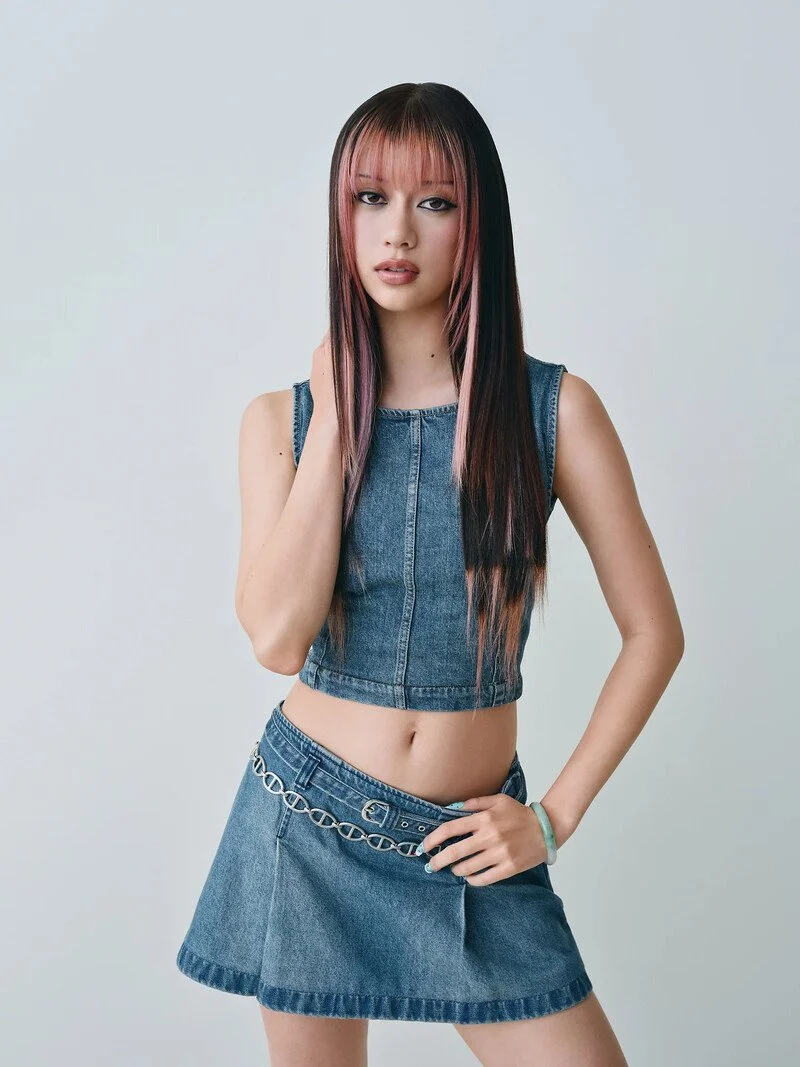
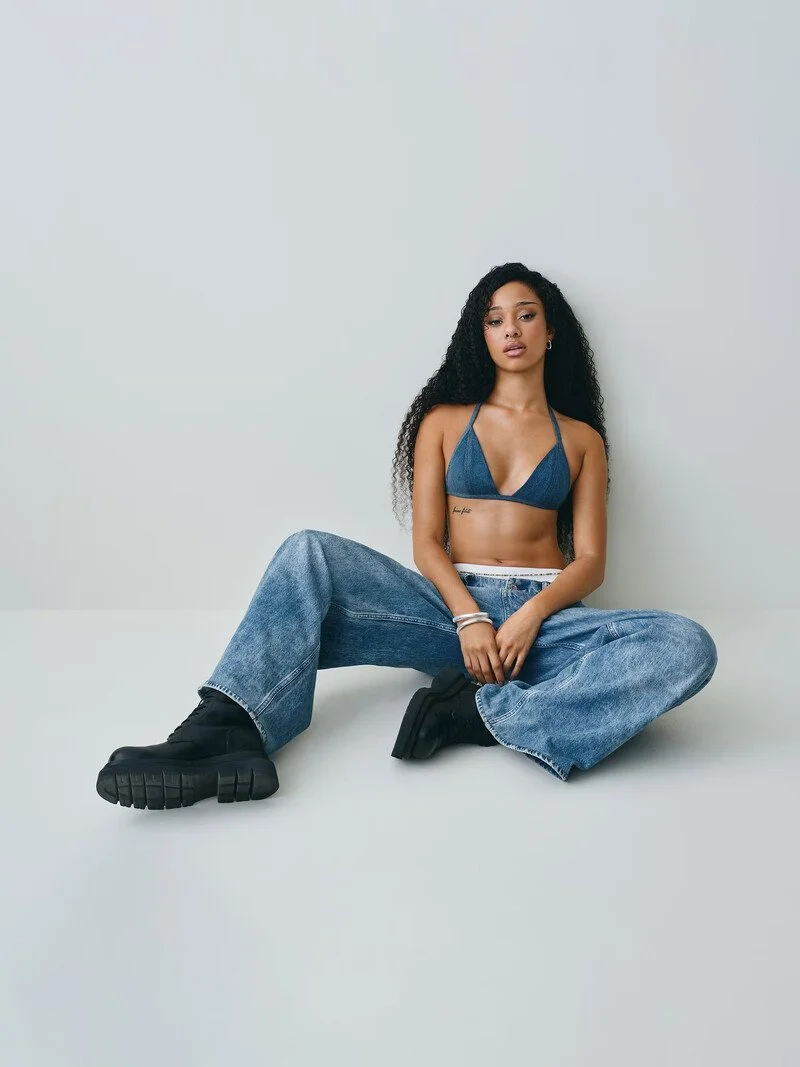

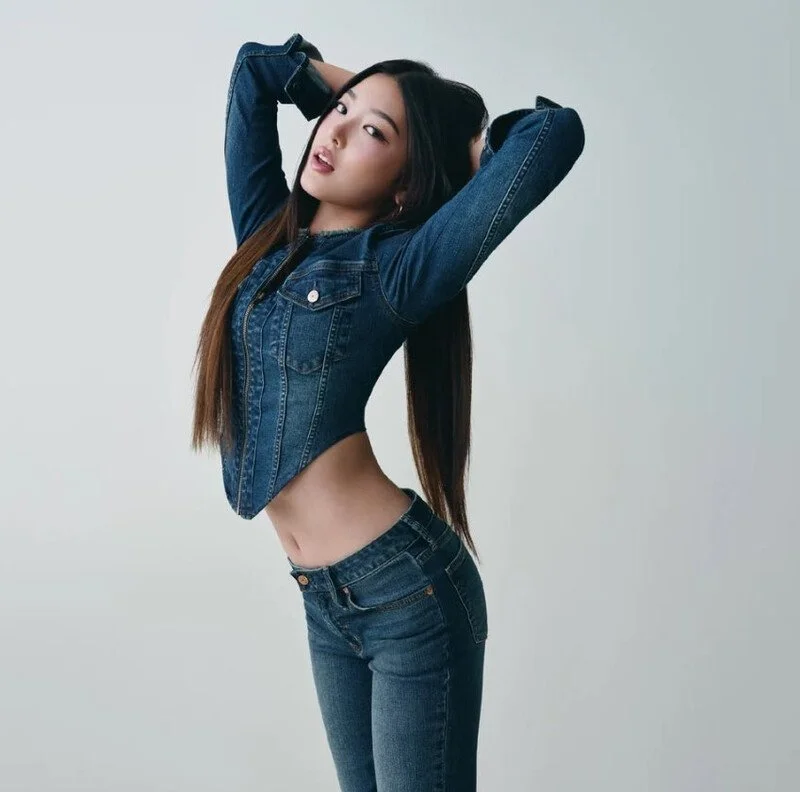
Photos Courtesy of Gap Denim Feat. Katseye
The Gap x KATSEYE ad would have been even more elevated with more identities represented — plus size and disabled dancers were absent from the ensemble. There is always room to grow and progress, and audiences can applaud and expect more simultaneously. Both reactions have validity and deserve to be heard.
Advertisements are more than a vessel for selling a product or idea. They are reflective of society — what it wants, where it is going, how, and why, it is shaped the way it is. The reason the majority of people disliked AE x Sydney Sweeney and loved Gap x KATSEYE is because the latter represents a more just world. One where genes don’t define a person’s value, where diversity is a positive force, a world where everyone is better in denim.

